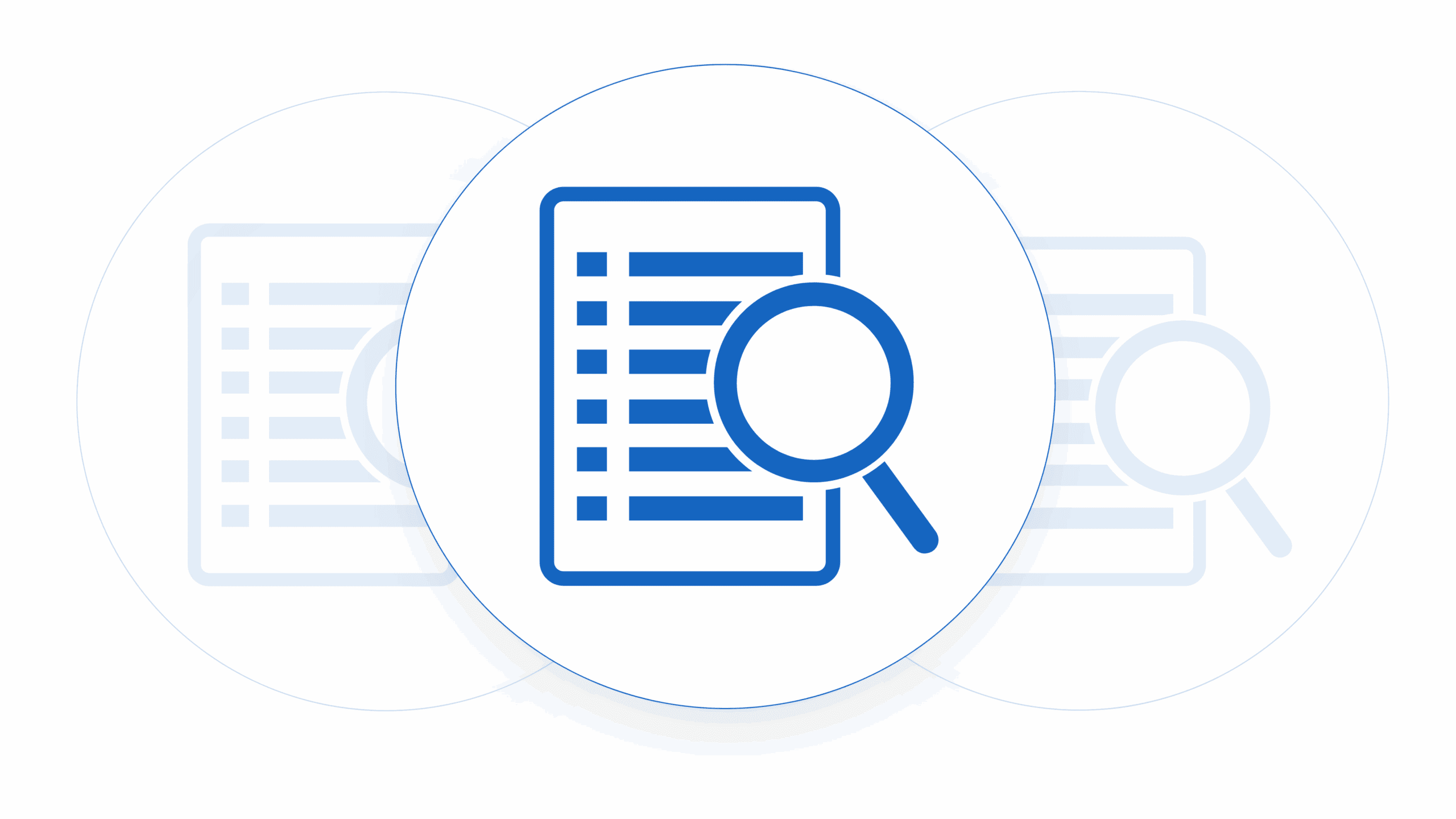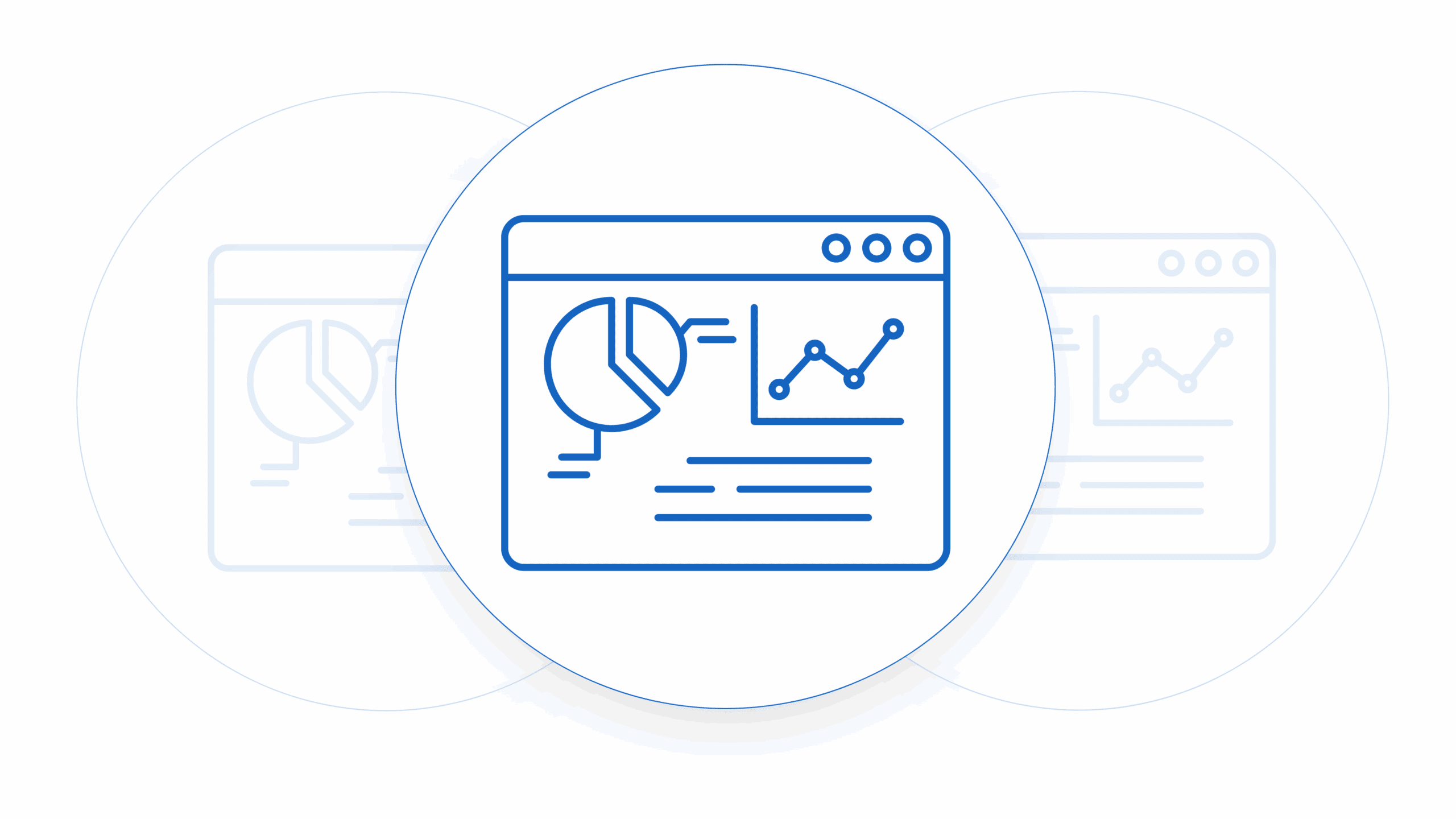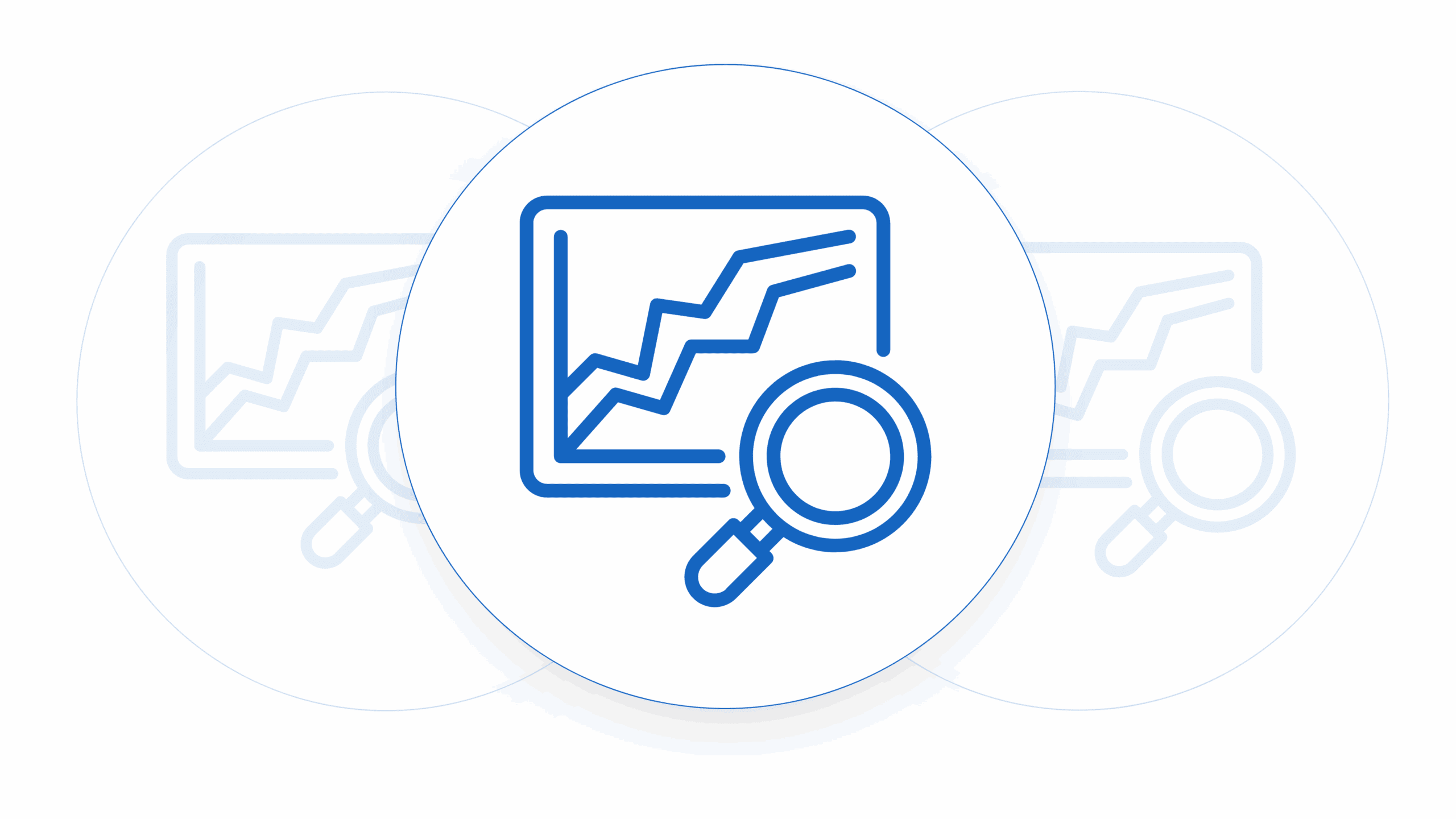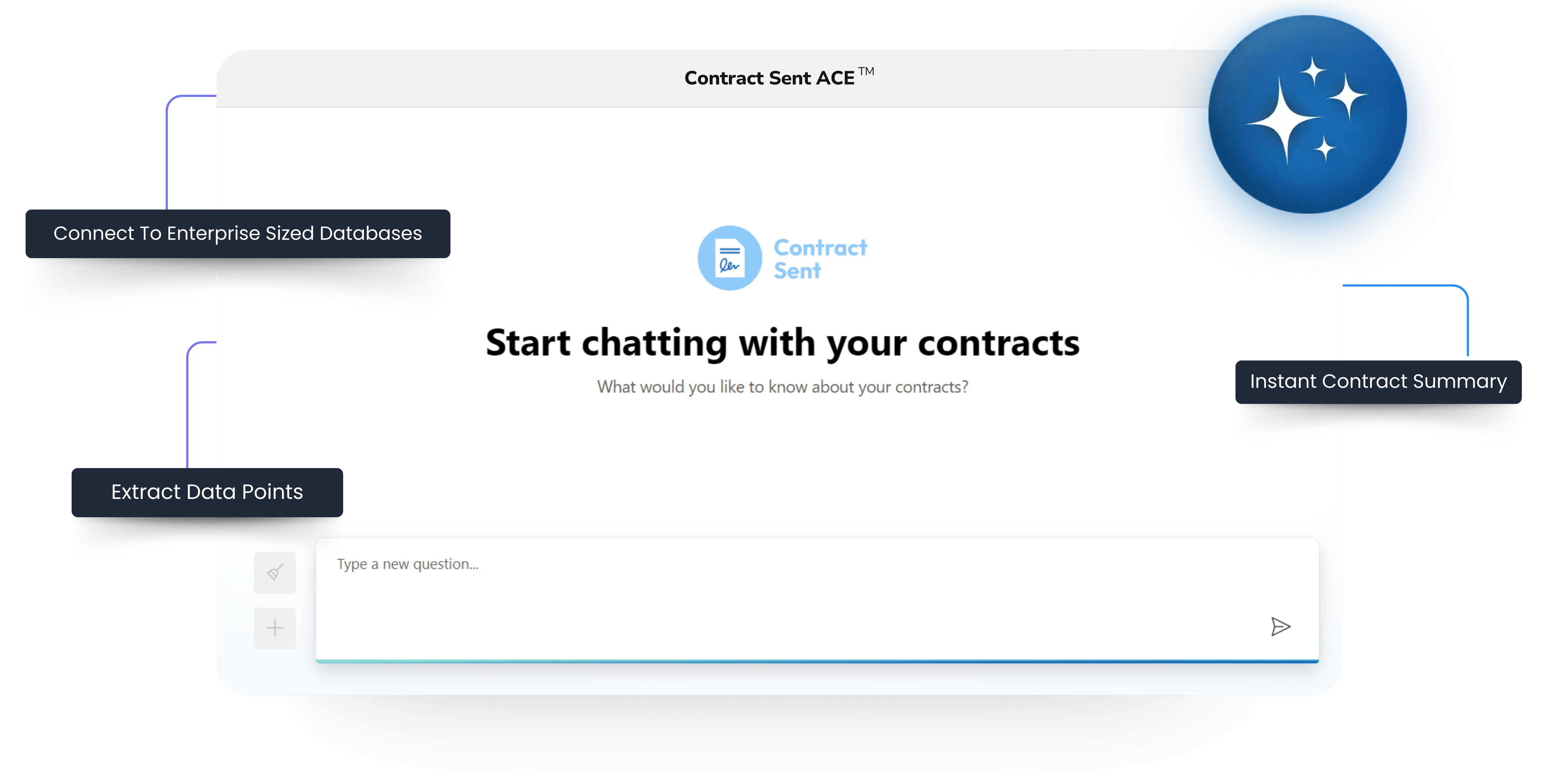Introduction:
In today’s increasingly complex sales landscape, an effective contract management system is no longer a nice to have but a necessity. Deals are spending more and more time in the procurement stage with customers vetting every cent spend. A good contract management system helps to streamline processes, reduce risks, ensure compliance, and improve decision-making. However, implementing such a system can be a difficult thing to do, especially for organizations that are still reliant on manual methods and a large number of versions in a messy folder system. Here’s a step-by-step guide on how to make this transition smooth and effective.
1. Identify Your Needs
Start by identifying your organization’s unique needs. Different businesses have different requirements based on factors like their industry, size, regulatory environment, and the types of contracts they handle. Think carefully about what contract data your teams need to access and what is the easiest format for them to access it in. Understand what problems you’re trying to solve and what goals you’re aiming to achieve through the contract management system. It might be just that you need to track variations from your contract elements that have been negotiated during the sales process or it might be to get greater insight into how long it is until you get a deal closed.
2. Choose the Right Contract Management Software
Next, choose a contract management software that aligns with your needs and doesn’t break the bank. Key features to consider include a centralized repository, role-based access controls, version tracking, automated reminders, customizable templates, electronic signatures, compliance management, reporting and analytics, integration capabilities, and a user-friendly interface.
3. Get Buy-In from Stakeholders
Securing buy-in from all relevant stakeholders is critical to the successful implementation of a contract management system. This includes not only top management, but also the end-users of the system – salespeople, legal personnel, and decision-makers. Communicate the benefits of the system, address any concerns, and highlight how it will make their jobs easier. Ultimately you need to think about the role of each person and the exact data that they need to access and ensure the way the tool does this is clearly communicated.
4. Configure the System
Once you’ve chosen a software, the next step is to configure it to suit your teams needs. This involves setting up the contract repository, defining user roles and access controls, customizing contract templates, setting up automated reminders for key dates, configuring integration with other business systems, and more. It’s advisable to engage a project manager or a dedicated team to oversee this process. You want the system to track the basics of contract law that are set out in the most important clauses.
5. Migrate Existing Contracts
Migrating existing contracts to the new system can be a massive task, but it’s a crucial one. This involves not just uploading the contracts, but also categorizing and tagging them for easy retrieval, and inputting key data such as parties, contract dates, and critical clauses. A phased approach, starting with the most critical contracts, can make this process manageable.
6. Train Your Legal Team
To ensure effective usage of the system, setting up a training plan for all users is essential. This should cover not only how to use the software, but also best practices for contract management and how this applies to your team. It’s also important to establish a point of contact for any questions or issues that may arise.
7. Monitor and Improve
Finally, once the system is up and running, continuous monitoring and improvement are key. Utilize the reporting and analytics capabilities of the software to track performance, identify bottlenecks, and uncover opportunities for improvement. Regularly gather feedback from users and make necessary adjustments to the system.
Implementing a contract management system is a significant investment of time and resources, but the benefits – improved efficiency, reduced risk, better compliance, and data-driven decision-making – are well worth the effort. By following this step-by-step guide, organizations can ensure a smooth transition to a robust and effective contract management system. Remember, the goal is not just to implement a system, but to foster a culture of effective contract management that supports your organization’s strategic objectives.
What are five effective contract management systems to look at?
-
Contract Sent: This tool offers a streamlined approach to contract management, focusing on ease of use and quick implementation. It provides features like user roles, tasks, dashboards, downloadable customer data, notifications, a secure contract repository and a searchable customer library. It’s also known for its flat-fee pricing model, which can be beneficial for small to medium-sized businesses. Build by leading AI finance expert Scott Whitaker the tool will drive efficiencies across your company.
-
Agiloft: Agiloft offers a highly configurable contract management suite. This system is known for its flexibility and can be customized to suit a wide range of business needs. Features include contract lifecycle management, customizable workflows, and integration with other enterprise systems.
-
DocuSign CLM: Previously known as SpringCM, DocuSign CLM provides a full-featured contract lifecycle management solution. Its capabilities include contract creation, collaboration, signing, storing, and management. DocuSign CLM also integrates seamlessly with the DocuSign e-signature platform.
-
Icertis Contract Management (ICM): ICM is a cloud-based contract management platform designed for enterprises. It offers advanced features like artificial intelligence (AI) powered analytics, risk management, and regulatory compliance tools. It also supports integration with other enterprise systems.
-
Coupa Contract Lifecycle Management: Coupa’s platform offers robust contract management capabilities as part of its comprehensive business spend management suite. Features include contract creation, collaboration tools, a contract repository, and advanced analytics.












